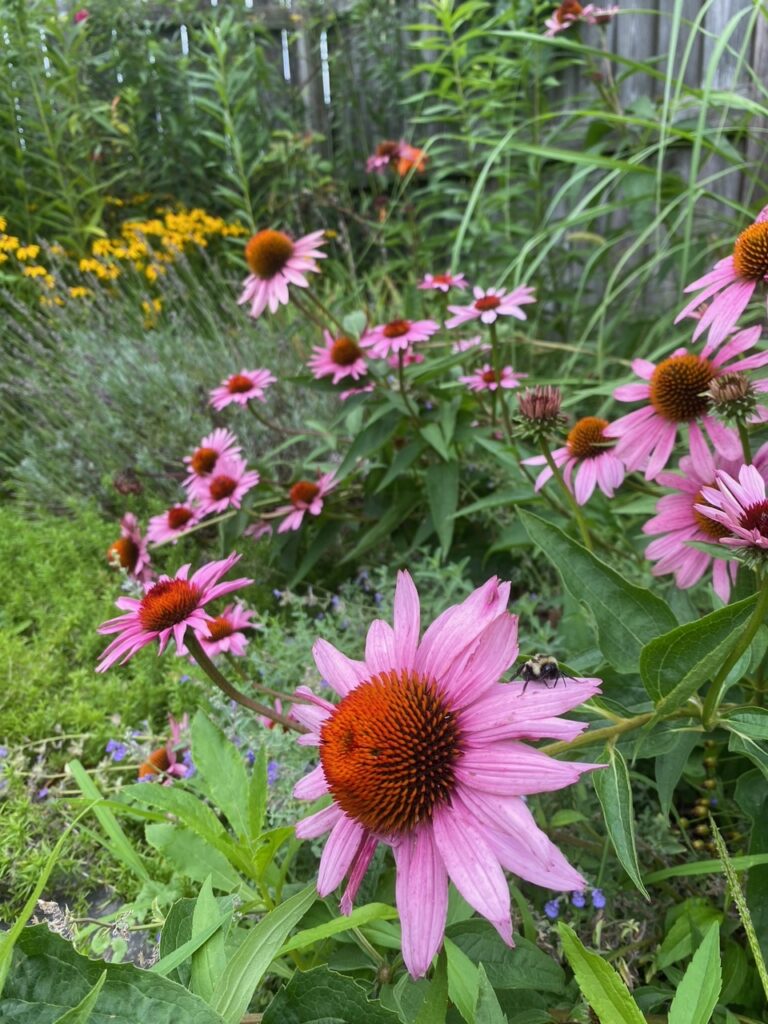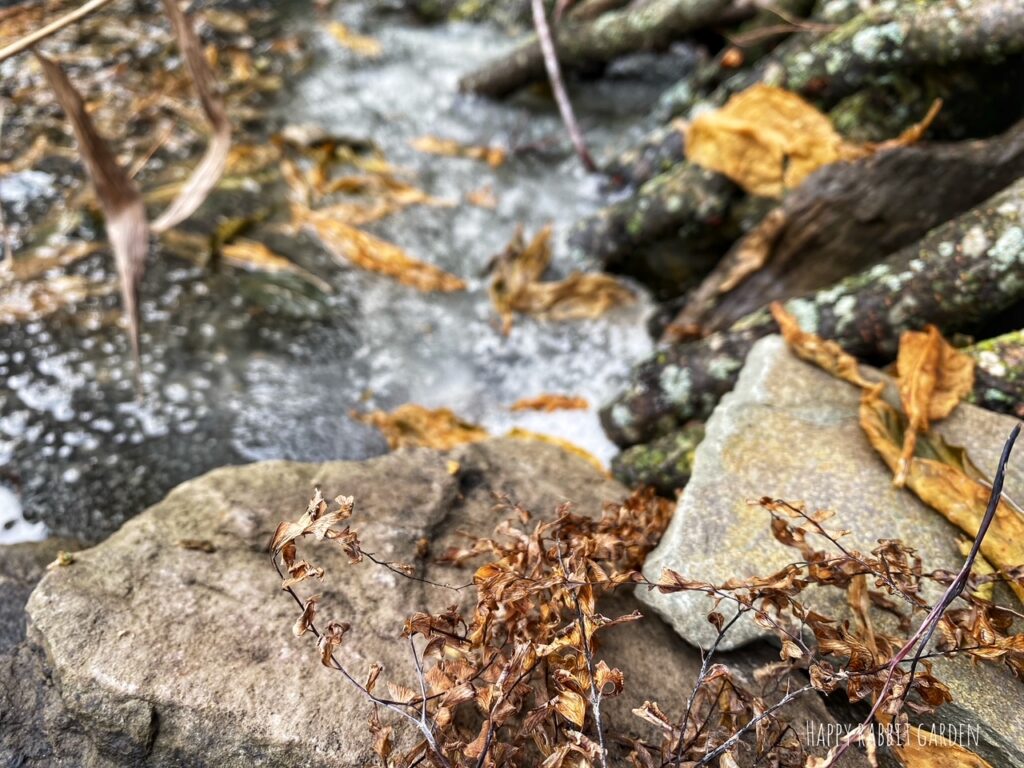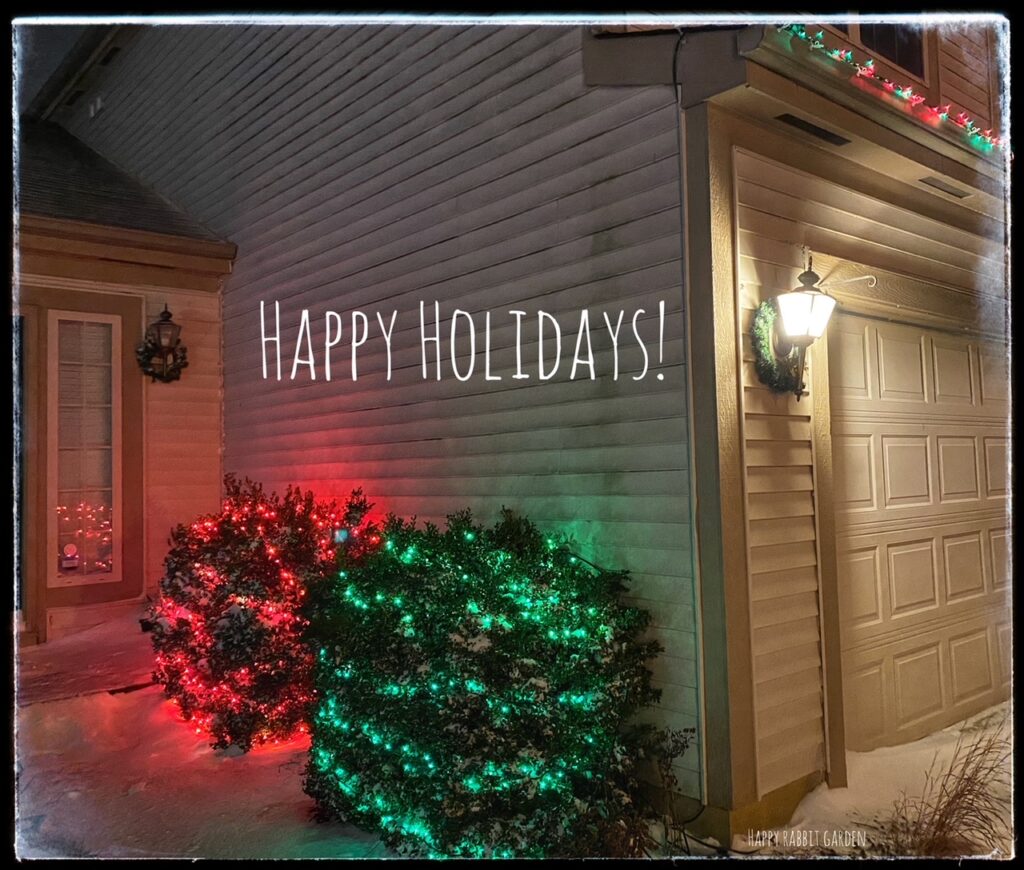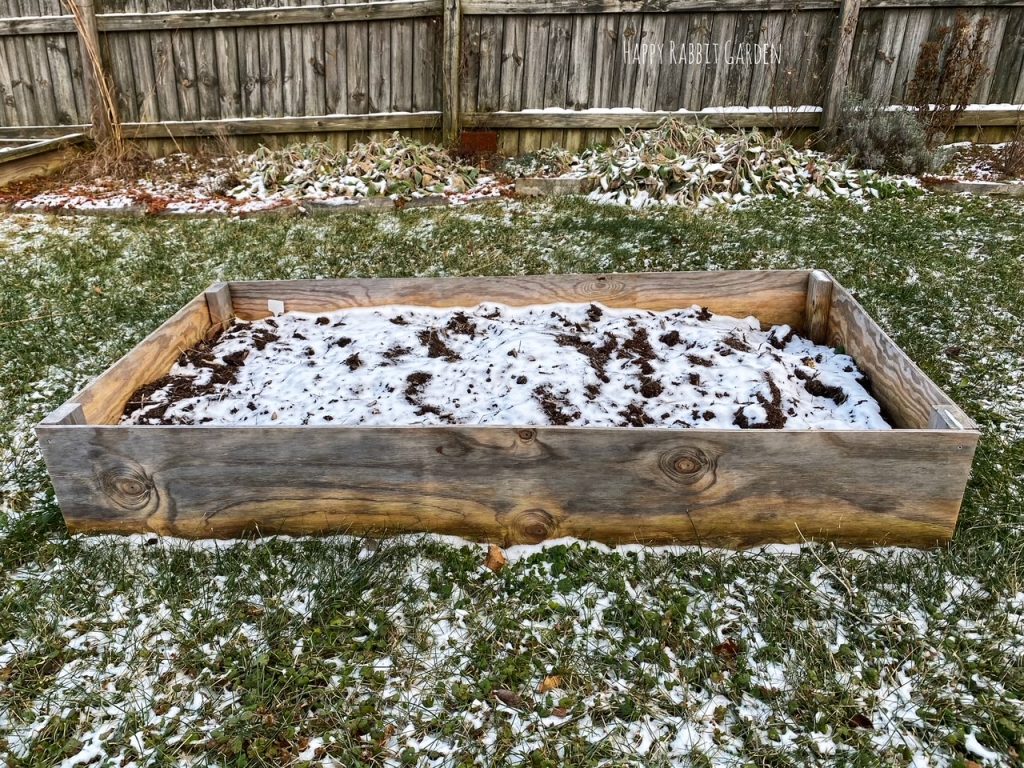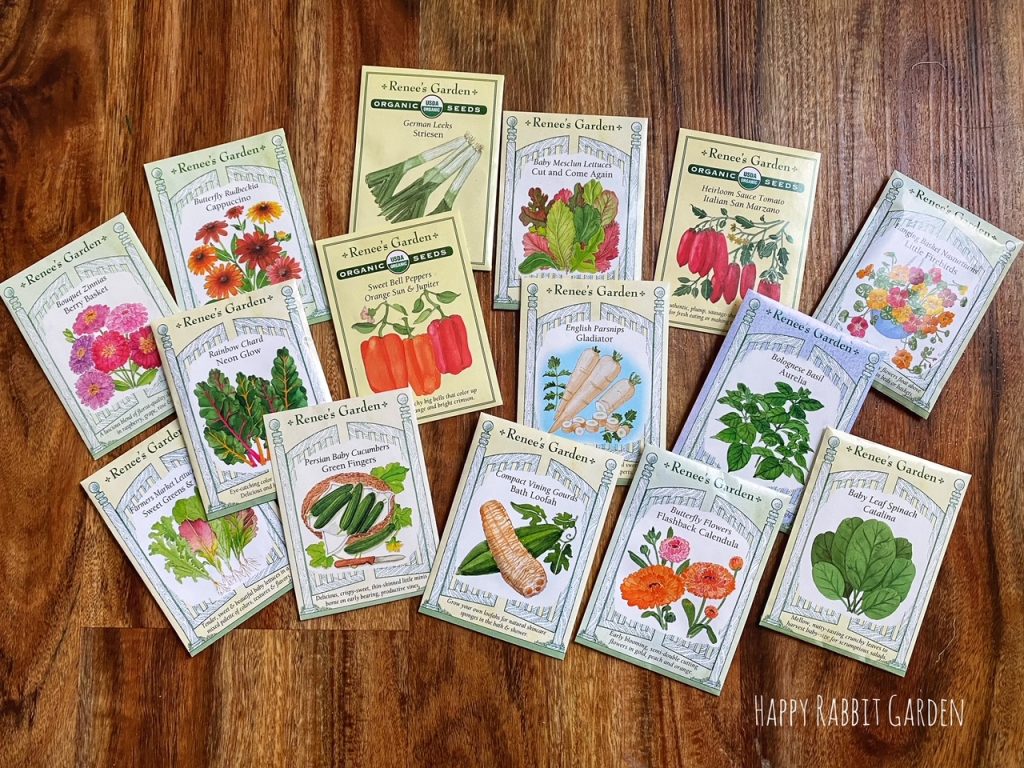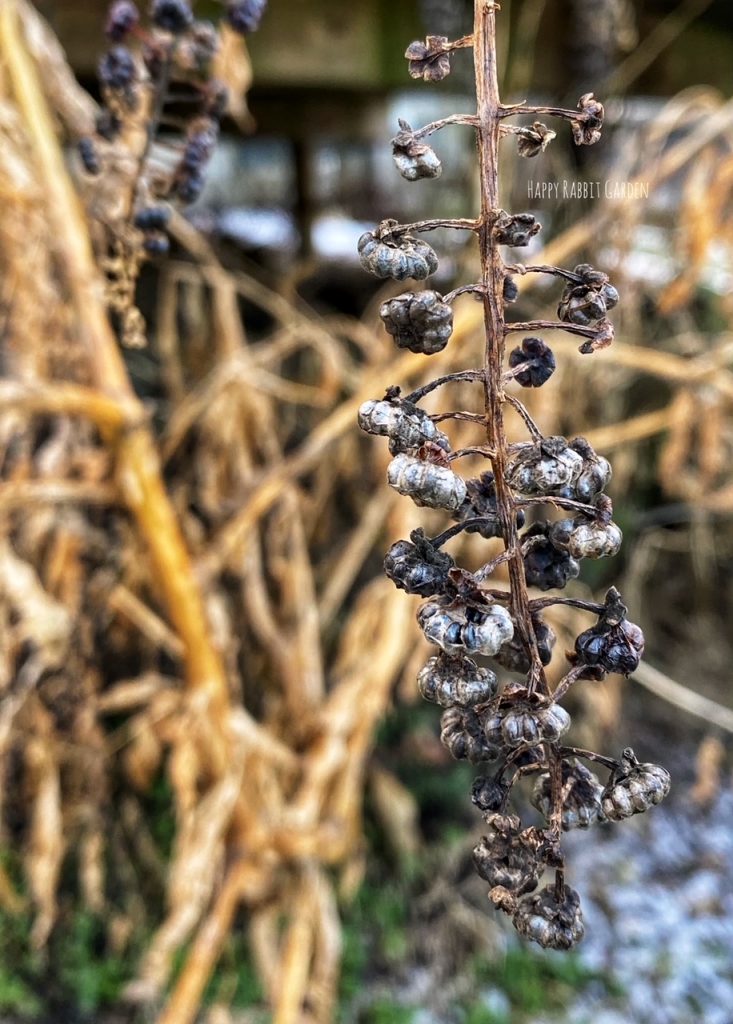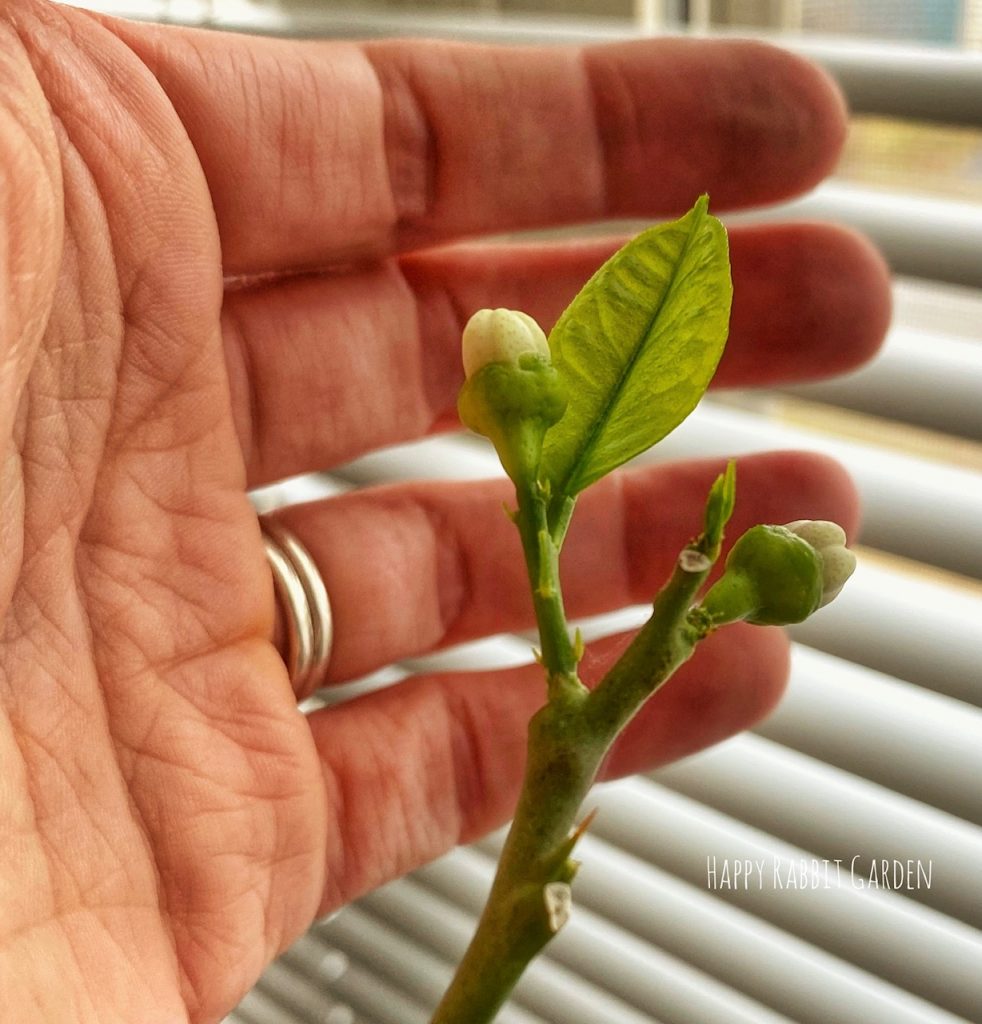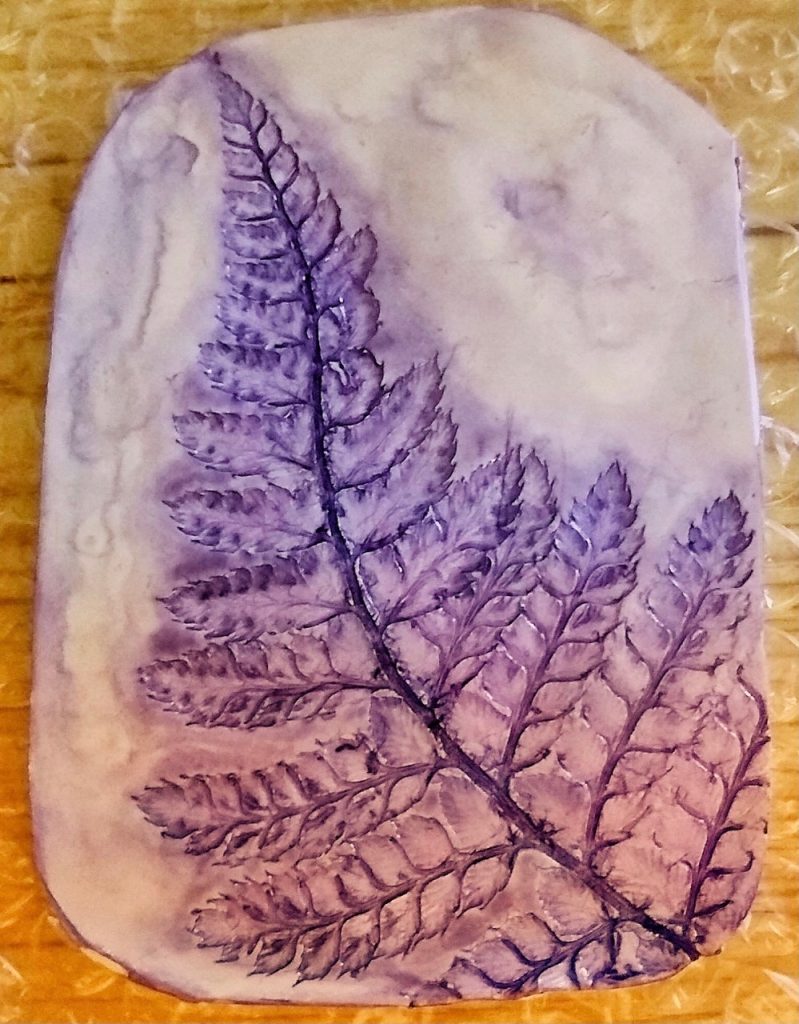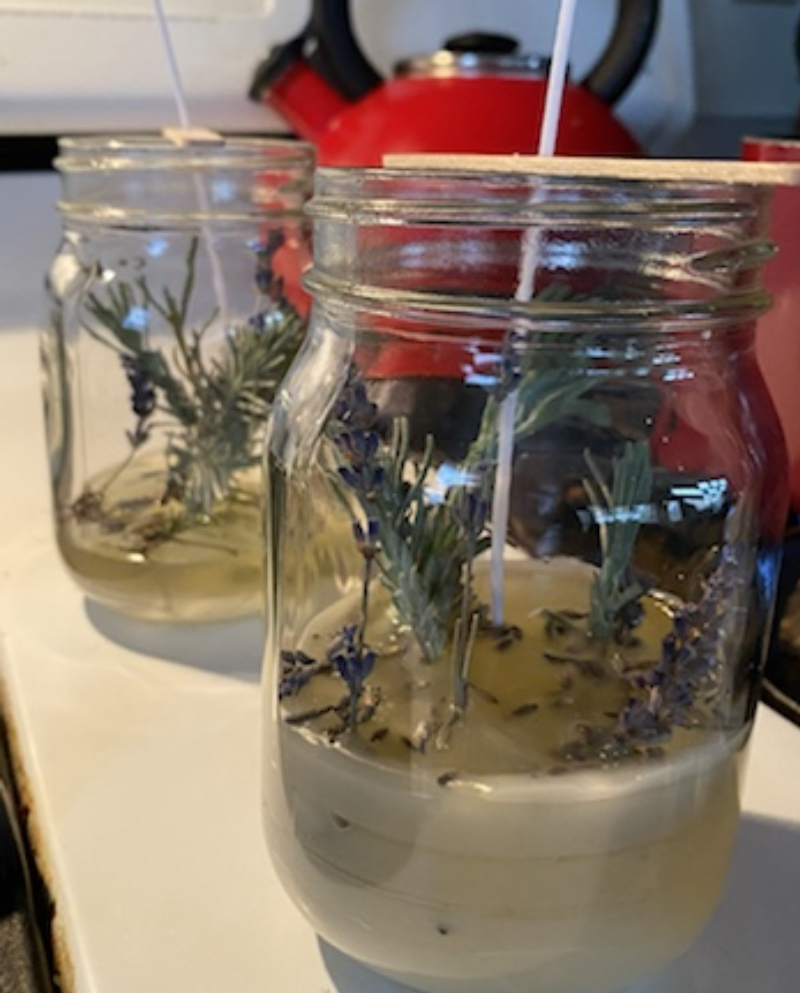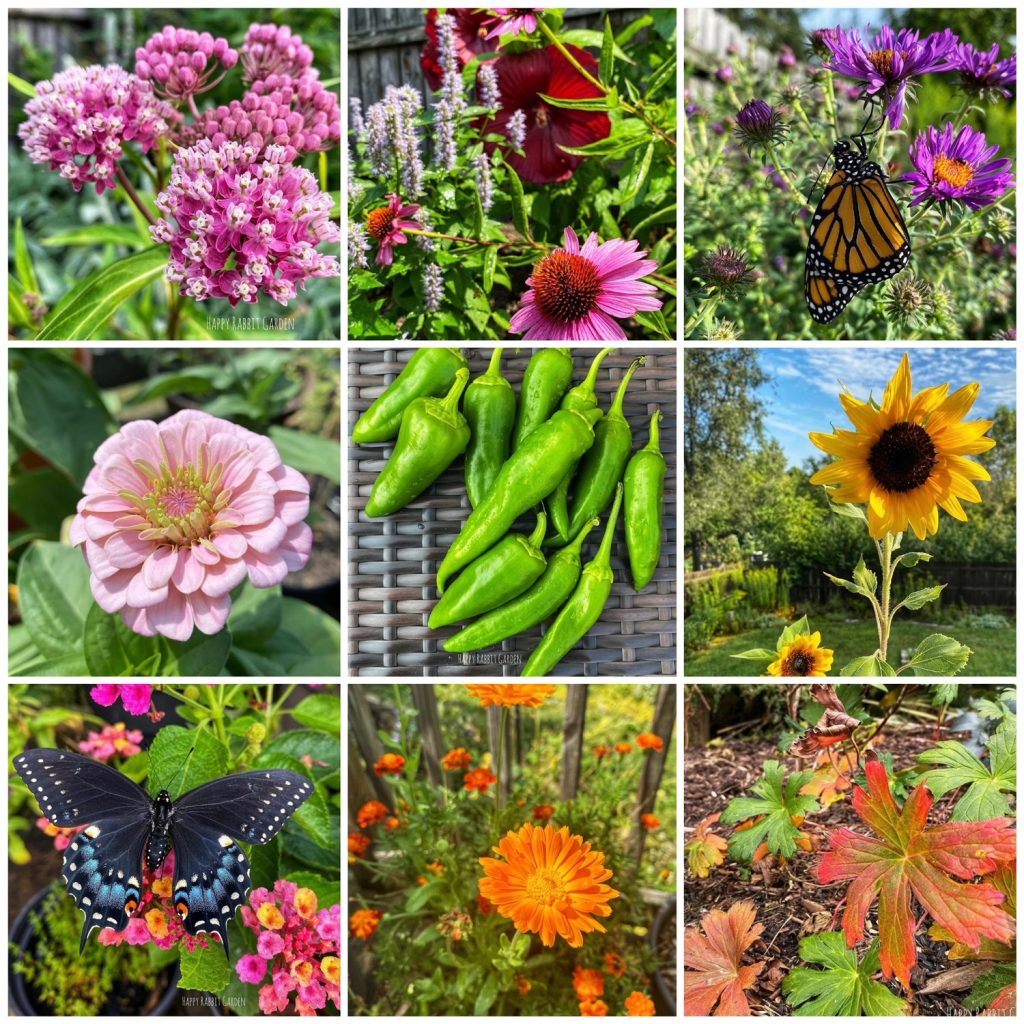
After a January that felt about seven years long, somehow, it’s already almost the end of February. The sun stays out just a little later in the evenings, and the garden is waking back up. The hellebores and crocuses have been blooming, and there’s a few other bulbs and perennials springing up out of the ground, like the peonies and tulips. Many of the trees around the house have buds already, and it would not surprise me to see daffodils blooming shortly.
Springtime doesn’t officially start for another month, and our last frost likely won’t be until early May, but our weather hasn’t really felt terribly wintery lately. We’ve had a fair amount of rain so far this year, and very little snowfall. The temperatures have been bouncing around a lot, from the 60s and 70s, to the 20s and 30s, and back again. We’ve had a few thunderstorms, and lots of very windy days, with the threat of severe weather looming. For Central Ohio, where my garden grows, these changing weather patterns are a little alarming.
A few weeks ago, I attended a conference, which included a presentation by Dr. Aaron Wilson, an atmospheric scientist and the Principal Investigator at the Byrd Polar and Climate Research Center. Dr. Wilson spoke to our group of Master Gardeners about the weather, and the shifts we’re experiencing in our climate. Did you know that, if you were born after February of 1985, you have never experienced a cooler than average month on our planet? The climate is heating up, and it’s having a huge impact on our weather.
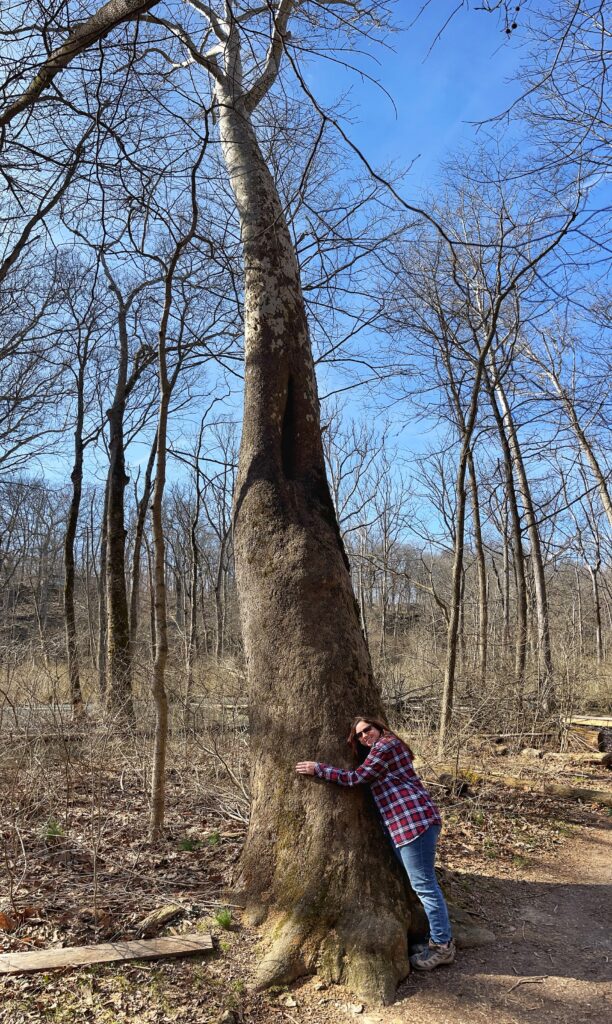
While these changes are different depending on ones location, in my area, our changing climate mean more extremes. Our temperatures in the winter and spring will continue to bounce around a lot. Just this week, we went from 73 degrees to a high of 32 the next day. (The average high temperature is 41 at this time of year). This January was the third warmest in Ohio since 1880, when such records began being kept in a standardized fashion.
Another way to look at things is our number of growing degree days. GDD are a way to measure the development of plants and insects during the growing season. Basically, plants and insects won’t grow unless it’s a certain temperature outside. Plenty of different conditions factor in, but until it’s 50 degrees out, for the most part, things aren’t growing. Scientists know how many GDD it takes for different plants and trees to start blooming, and for insects to appear. This info is available in what’s called a phenology calendar. Anyway, at this point last year, we’d had 17 GDD. The year before, we’d had 2. Makes sense. Winter is typically cold, and there’s not too many signs of life outdoors in February. However, this year, we’re up to 64 GDD. Forsythia, maples, and dogwoods are all starting to bloom, which usually doesn’t happen for another month.
Just a few last note: this February will be the first on record for my area without measurable snowfall. The ground has not frozen yet this year, and we’re having higher than average rainfall totals.
So, a lot is changing, and we know things are only going to continue to warm up. Summers in Central Ohio will soon feel like they do now in Arkansas, and winter will be more like it is now in North Carolina. It’s overwhelming to think about- after all, the climate impacts everything we do, and in the garden, everything we are able to grow. It impacts which insects and animals reside here, the success of our farmers, our health and safety… it’s a lot to reckon with.
I’m trying to focus on what I can actually impact, and in my garden, that’s my allocation of resources and focus on native planting. Native plants require a lot less resources, and help out the food web. They often have deeper roots than their non-native counterparts, which helps with soil conditions and water runoff. By not using any pesticides in my garden, I’m not harming any of the pollinators or birds. And, just by growing plants, I’m helping to sequester carbon (really, I have little to do with that process- the plants do all of the work there). But, once again, native plants outshine their non-native counterparts, capturing more carbon since they have a better chance at thriving in the conditions.
This year, I plant to add a rain barrel, so the majority of my watering will utilize the rainfall. And I hope to add some drip irrigation in the raised beds. This will have a huge impact on how much watering I typically do during the summertime. I want to use the resources I do have in smarter and more sustainable ways. I know not everyone has access to these options, but since I do, I had better consider them.
So, that’s what’s been on my brain lately. I’ve started growing a few seeds indoors, and will likely be setting up the cold frame again soon to start the next batch of salad fixings. Hopefully, the sun is out where you are, and you’ve been able to start planning for the growing season ahead. Happy gardening!


